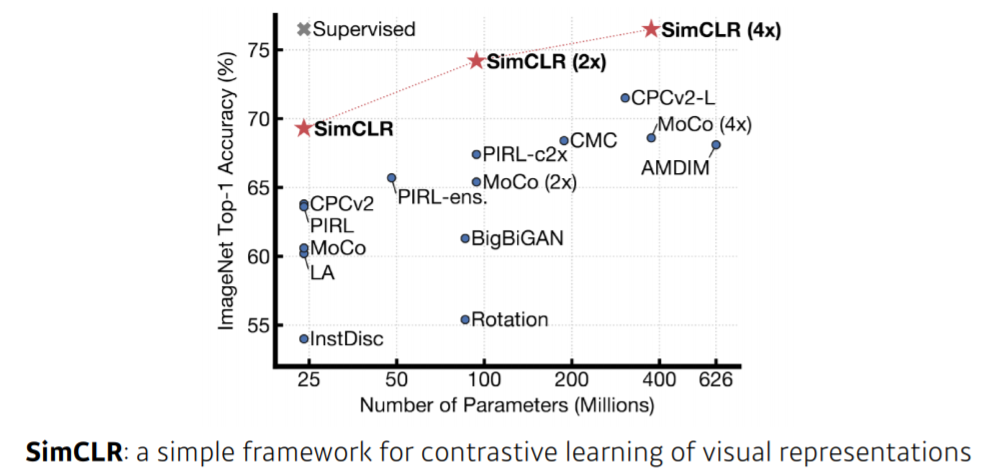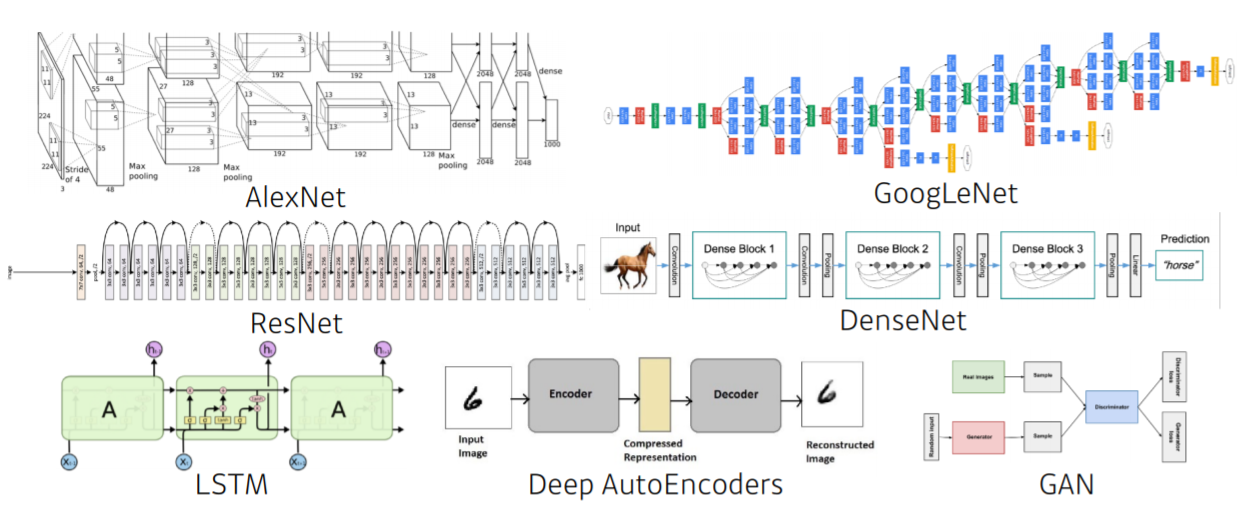Introduction
AI, ML, DL 차이
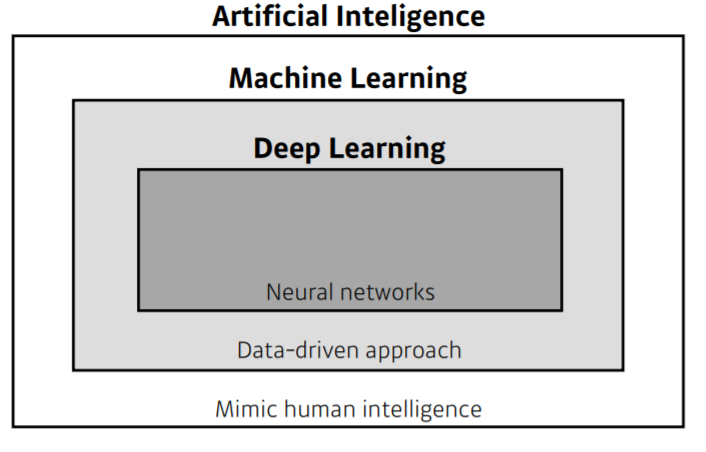
- AI가 ML과 DL을 포함하는 개념
- 자동 분류 등은 Machine Learning에 포함
- Neural Network(NN)을 사용하는 것 부터 Deep Learning이라고 함
Key Components of Deep Learning
The data that the model can learn from
- 자연어, 코퍼스, 비디오, 개/고양이 image...

- Data는 풀고자 하는 문제에 따라 다름
The model how to transform the data
The loss function that quantifies the badness of the model
- 모델, data가 정해져 있을 때 모델을 어떻게 학습할지?
- The loss function is a proxy of what we want to achieve
- loss function 값이 줄어든다고 해서 우리가 원하는 값을 항상 이룰 것이라는 보장은 없다.
- Regression Task
- Classification Task
- Probabilistic Task
The (optimization) algorithm to adjust the parameters to minimize the loss
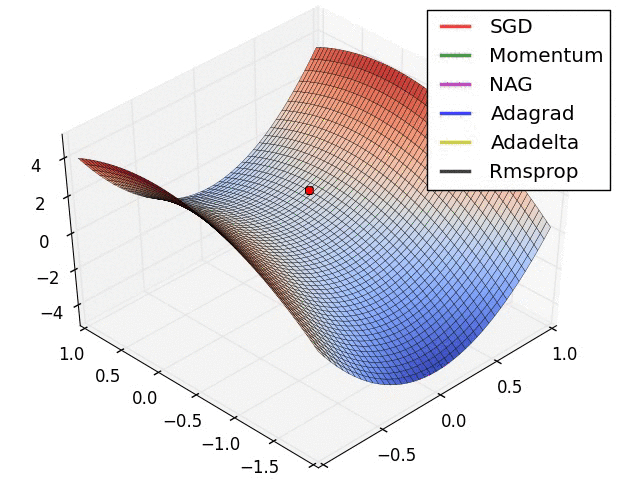
- Dropout
- Early stopping
- k-fold validation
- Weight decay
- Batch normalization
- MixUp
- Ensemble
- Bayesian Optimization
Historical Review
2012 - AlexNet
- Imagenet 대회에서 처음으로 딥러닝이 1등 함
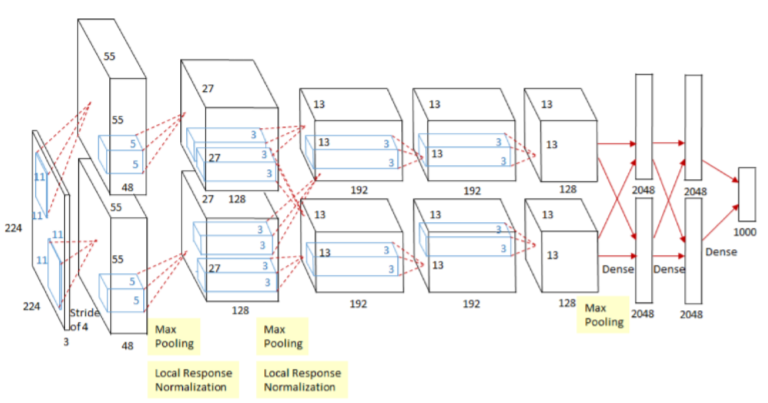
2013 - DQN
- Q-Learning을 딥러닝에 접목
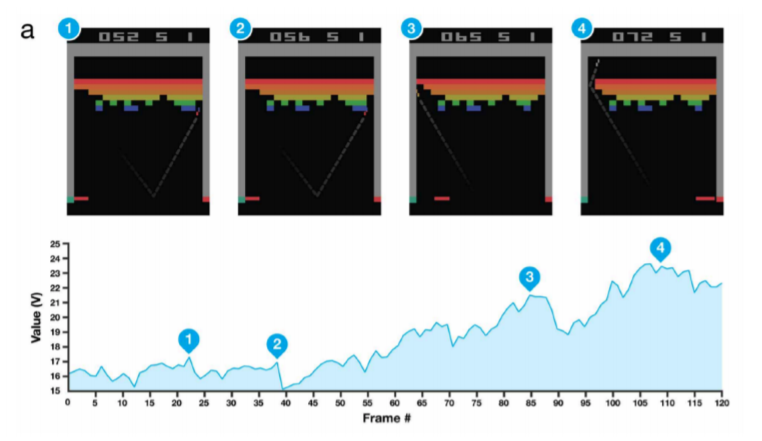
2014 - Encoder / Decoder
- NMT(Neural Machine Translation)을 풀기 위하여 등장 (단어의 연속 -> 또 다른 단어의 연속으로)
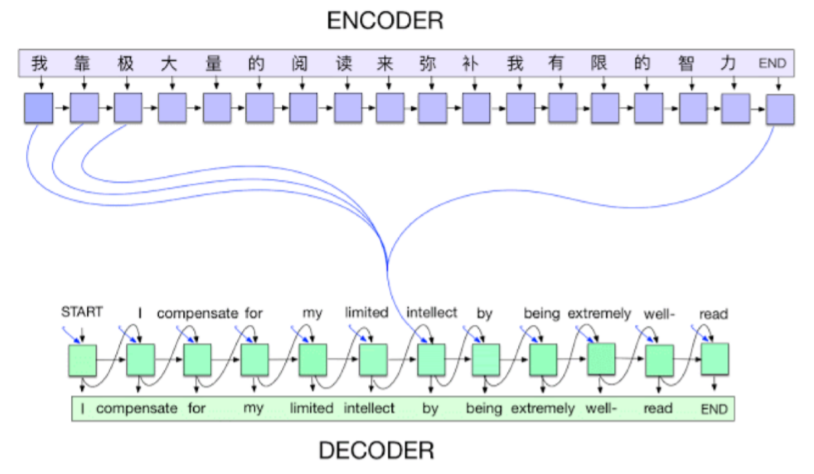
2014 - Adam Optimizer
- 결과가 잘 나옴..
"웬만하면" 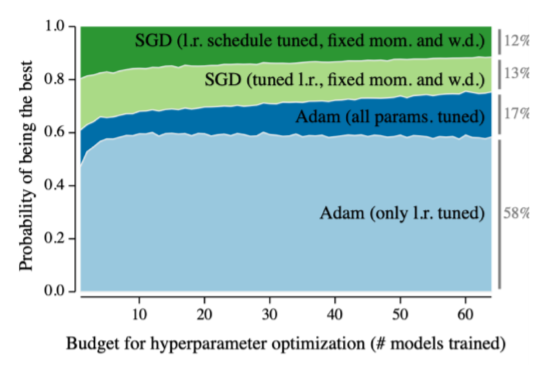
2015 - Generative Adversarial Network (GAN)
- Generator, Discriminator을 두고 서로 경쟁시켜서
그럴듯한결과를 만들어내는 기술 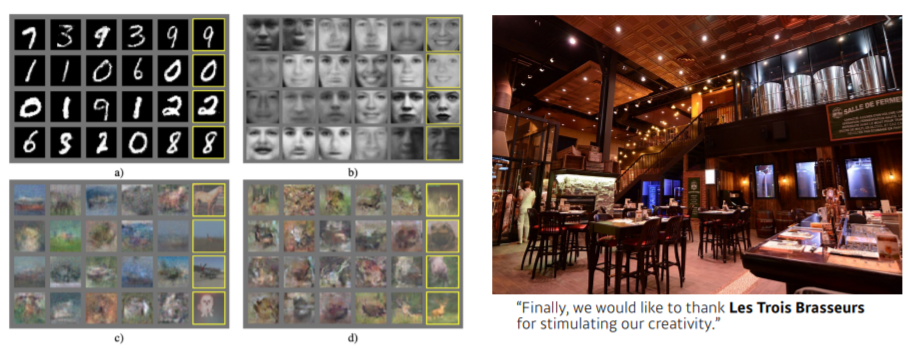
2015 - Residual Networks
- 깊게 Neural Network를 쌓을 수 있게 해준 모델
- 이전까지는 너무 깊으면 test에 잘 적용되지 않는 문제 있었음
- ResNet에 등장
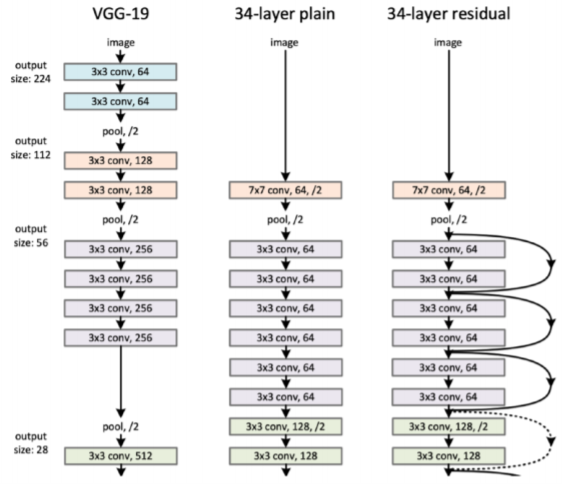
2017 - Transformer
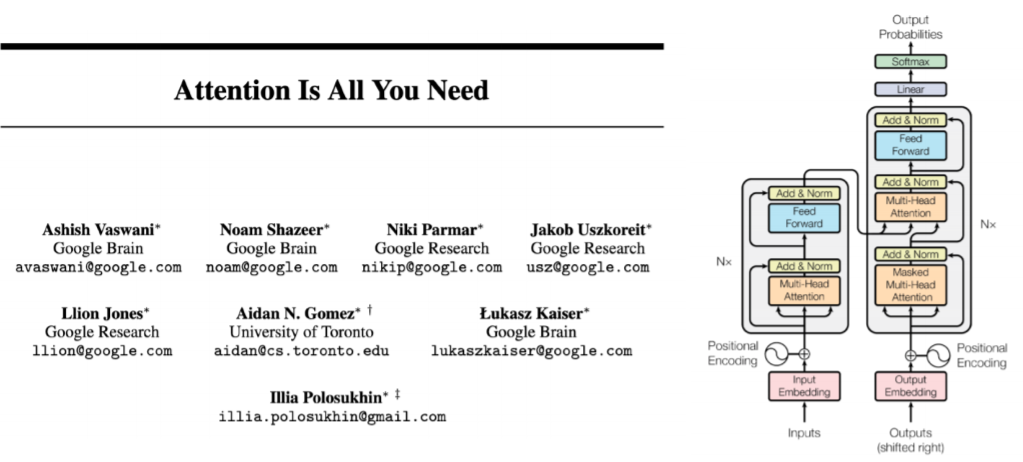
- CNN, RNN 등의 대부분의 방법을 대체하면서 Vision(Vit)까지 적용되는 추세임
2018 - BERT
- fine-tuned NLP models
- 큰 Data, 일반적 문장으로 Pre-training -> 소수의 Data에 Fine-tuning
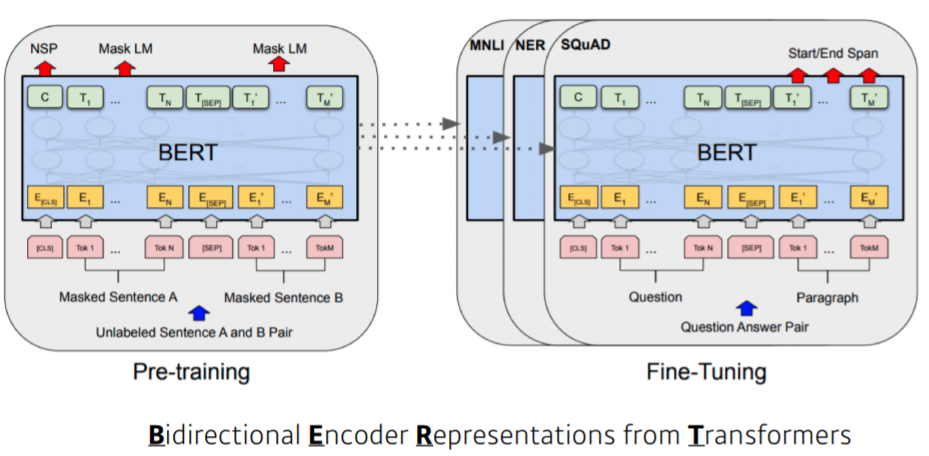
2019 - BIG Language Models
- OpenAI의 GPT-3 : 1750억개의 parameter을 가지고 있음
2020 - Self Supervised Learning
- 학습 Data + unsupervised data
